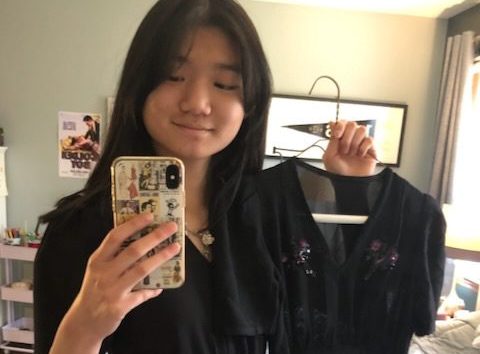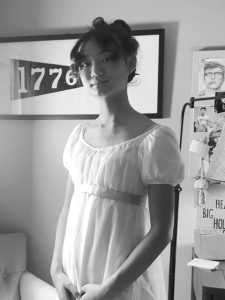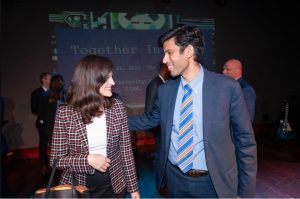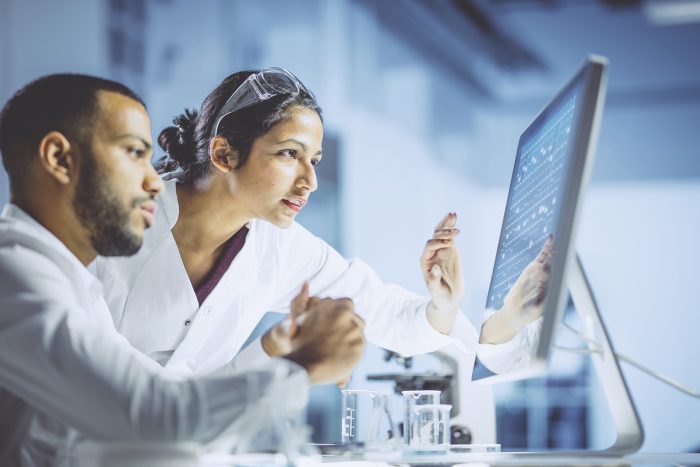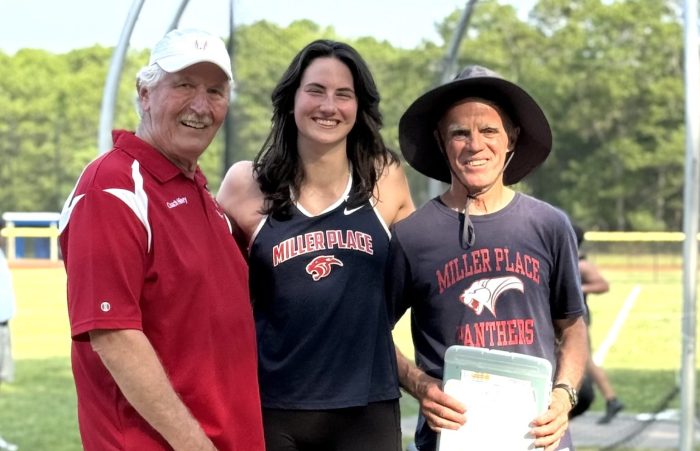By Daniel Dunaief

Two-year olds, or, as in the case of our children, three-year olds do it readily.
You ask them for something, like a hand to cross the street, their patience while you finish your breakfast, or a moment of quiet so you can conclude a phone call and the loudest and most insistent word in their vocabulary erupts through their mouths: “Nooooooo!”
It’s one of the defining elements of the Terrible Twos, when the power, the independence, and the assertion of no becomes leverage, a game, and, perhaps, a way to seize a moment or more of control when their parents are making just about every decision for them.
Somewhere along the line, we become socialized and the idea of saying “no” to everything, or even to many things, becomes problematic and potentially ostracizing.
Peer pressure makes the declaration that you have to study instead of going to the beach with all your friends less understandable and acceptable.
Saying “no” can lead to all kinds of questions.
“You seriously think what you’re studying is so important?”
“You think what you’ll learn is going to help you get into a better school?”
“Wouldn’t it be more fun to hang out with us and throw a frisbee on the beach?”
So, the “no” response gets shelved, especially in social circles.
It’s ironic and unfair to parents, of course, that the times we want our children to say “yes,” they are comfortable telling us “no,” but when we want them to say “no,” they suddenly become much more pliable.
Anyway, back to the concept of no. So, many years ago, my wife and I were scanning the movie listings, back in the days when our dates involved going to a film, eating popcorn and then discussing the character, the plot, the theater and the entire outing for hours afterwards.
We decided on one of the many Batman films, and after some back and forth, found a theater with a viewing time that worked for us. I remember sitting through the movie, shaking my head at the plot, shrugging at the action, and wondering when the film would end.
After some discussion, we realized that neither of us wanted to see the movie and we were both going because we thought the other one was interested.
Nowadays, when we’re making decisions, we can cut straight to the chase.
“Wait,” one of us will say, “is this Batman?”
It’s a quick and easy opportunity to share our genuine interest in an optional activity.
We have become so refined at our willingness to share what we think at the risk of disappointing the other person that we give a percentage of Batman. A 50 percent is a shrugging indifference, while a 90 percent is a strong preference to find an alternative.
I’ve heard people these days use the words “or no” at the end of questions when they’re trying to make a decision.
“Do you want to go to a diner after we’re done with this work?” one of them will ask.
When the decision takes too long, someone will say, “so, are we going to the diner or no?”
The “or no” part seems superfluous. The question has two answers: yes or no. Yes, I know, like our Batman discussion, someone could say, kind of or maybe, or 63.49 percent yes, but, generally speaking, yes and no are the likely replies.
Maybe the “or no” phrase is a way of making it socially acceptable to say a word we overused and now, perhaps, underuse: no. By adding “or no,” the questioner encourages a companion to share a genuine opinion about getting a grilled cheese with fries at the diner.
The “or no” option increases the sincerity in the search for an honest answer.
Rarely, of course, does someone say, “do I look good in this, or no?” or “does my new haircut suit me, or no?” Perhaps the context for the use of the or no phrase reflects how confident the speaker is in receiving a negative response.
Hearing the phrase “or no” means the listener hears the word before saying it, making it easier to restart the planning process.
That two-letter word can help people avoid activities that neither of them really want to do in the first place.



 “It was a situation of, can we get people to come to the musical, because it is an exciting new original musical” that is set in the future, said co-lead Producer and long-time Setauket resident Dr. Pamela Hurst-Della Pietra. “While it doesn’t dwell on technology or futurism, it tells a story of two human-like robots that are living in the not too distant future.”
“It was a situation of, can we get people to come to the musical, because it is an exciting new original musical” that is set in the future, said co-lead Producer and long-time Setauket resident Dr. Pamela Hurst-Della Pietra. “While it doesn’t dwell on technology or futurism, it tells a story of two human-like robots that are living in the not too distant future.”



